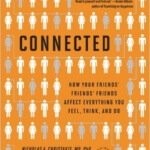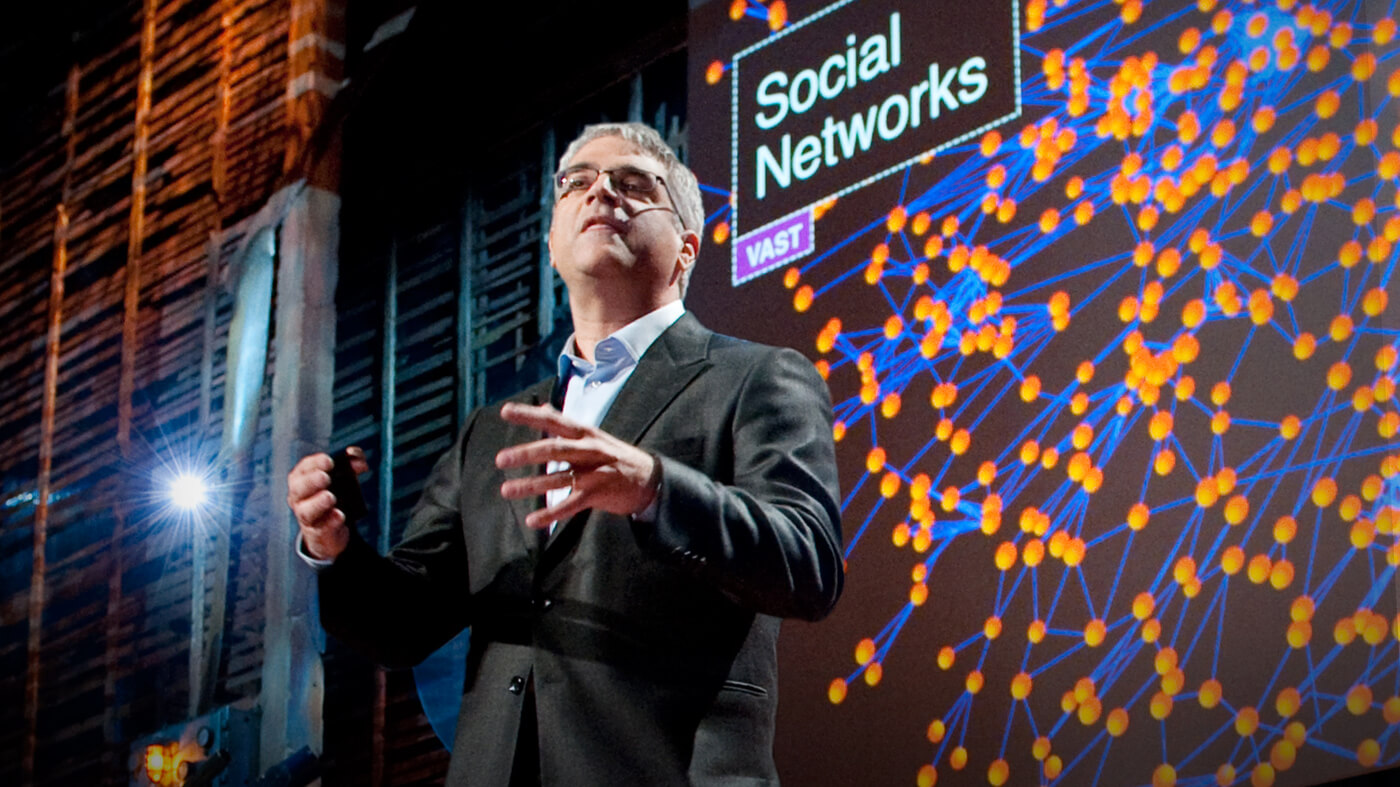Connections and relationships form a social network superorganism that allows us to spread both good and bad. Learning how we the human species exists through these organisms gives us a fresh perspective on many aspects of life.
What you do affects those around you. We know that.. but recent work by Nicholas Christakis tells us that it’s in the structure of our networks
This short video explains so much:
Why Learn About Your Social Network Superorganism
People aren’t merely social animals in the usual sense, for we don’t just live in groups. We live in networks — and we have done so ever since we emerged from the African savannah. Via intricately branching paths tracing out cascading family connections, friendship ties, and work relationships, we are interconnected to hundreds or even thousands of specific people, most of whom we do not know. We affect them and they affect us.
Nicholas Christakis’ work examines the biological, psychological, sociological, and mathematical rules that govern how we form these social networks, and the rules that govern how they shape our lives. His work shows how phenomena as diverse as obesity, smoking, emotions, ideas, germs, and altruism can spread through our social ties, and how genes can partially underlie our creation of social ties to begin with. His work also sheds light on how we might take advantage of an understanding of social networks to make the world a better place.
I’ve Embraced My Social Network Superorganism
 Ever since I first encountered Christakis’s ideas in Connected: The Surprising Power of Our Social Networks and How They Shape Our Lives — How Your Friends’ Friends’ Friends Affect Everything You Feel, Think, and Do, I’ve looked at almost everything in a new light.
Ever since I first encountered Christakis’s ideas in Connected: The Surprising Power of Our Social Networks and How They Shape Our Lives — How Your Friends’ Friends’ Friends Affect Everything You Feel, Think, and Do, I’ve looked at almost everything in a new light.
Instead of worrying about selling something to someone, I realize that helping him connect someone he knows to someone I know will build a network of profitability.
I do track using a social mention tool to help me know what’s more profitable.
The ROI looks like serendipity, but is it?



thanks for the information Nice post
My Mom used to say “Make someone smile today. You’ll be glad you did.”
We may never know the impact of even one random positive contact in another person’s life.
Smile at a stranger, compliment someone in passing, like a post, share a tweet – expand your circle of contacts by acknowledging someone’s article, action or observation.
In those actions, there is grace, generosity and a hand extended ( in person or virtually )…and a new connection is forged.
Enjoy your day-one smile at a time👏.
I agree with your mom